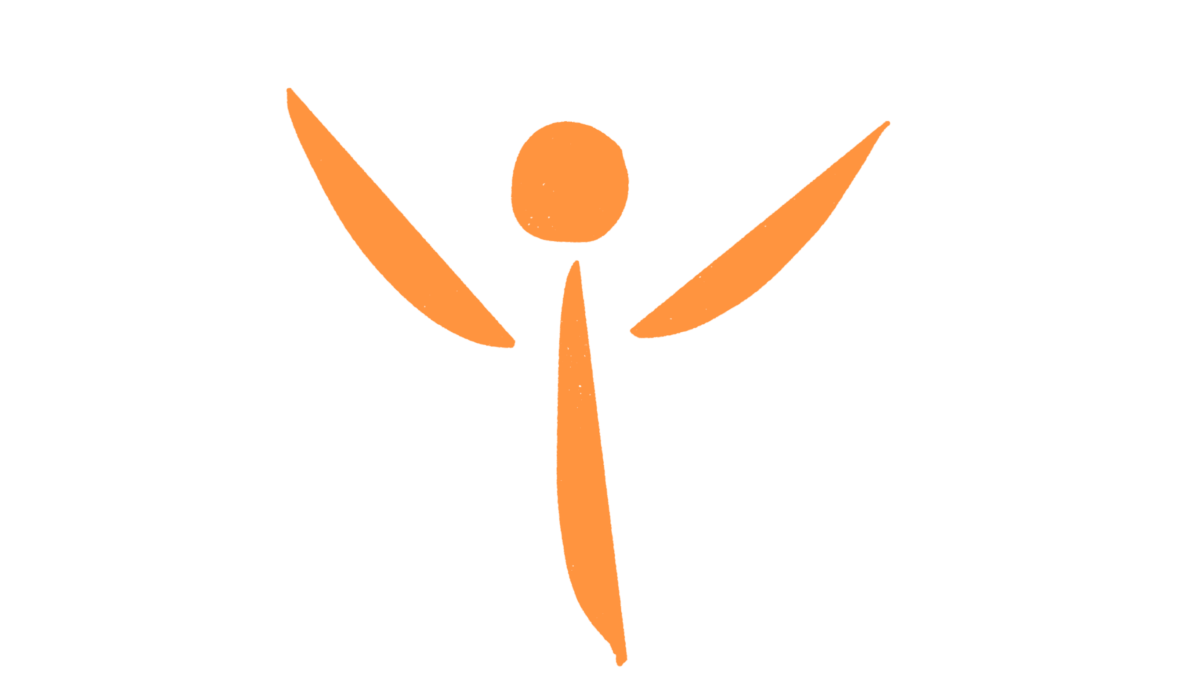When we learn something new, we may feel uncomfortable or excited, because we look inside our heads and the ‘how to do it’, is not really there yet then the brain’s threat mechanism is triggered, (uncertain) hence the feeling. We can reframe this and say, when we feel uncomfortable or excited in this way, we are probably learning. So if you don’t feel something then maybe you are not learning 🙂
Back to creating the Observer. First pick a skill that you already have, (I chose driving a car), to create and exercise the Observer. As you are doing that activity ask the Observer to notice, for example, what you are paying attention to and what your thinking is. When I did this, (using driving), I noticed that when approaching a roundabout my attention is taken up with where the edges of my car are in relation to others, what the car directly in front of me is doing and when that vehicle has gone, looking at the traffic already on the roundabout to judge when it is safe to join. This experience contrasts with driving on a motorway where my attention is taken up with the speed of my car, which cars might move into my lane, a safe space I can move to if something happens, what’s in my mirror etc. Whenever you remember just ask the observer to report. What you will find is, that it becomes more and more skilled in noticing what’s going on inside your head and what you are paying attention to. This is a great thing to know since what you pay attention to, you get good at, whether that thing is helping you or hindering you, you are getting good at it.
In fact what you are doing here is creating and moving to, another level of consciousness, one that is aware of what you are conscious of. As I said In Observer post, if you do nothing more from this BLOG, then do this, move to a higher level of consciousness and become aware of your thought patterns, feelings and emotions, name them, notice how you are, when they are present and when they are not.
What are your thoughts saying about this post?
What were your thought patterns the last time you had different point of view to others?
Points of View are interesting, why do we defend them so? (Be another BLOG entry, keep watching 🙂 )



